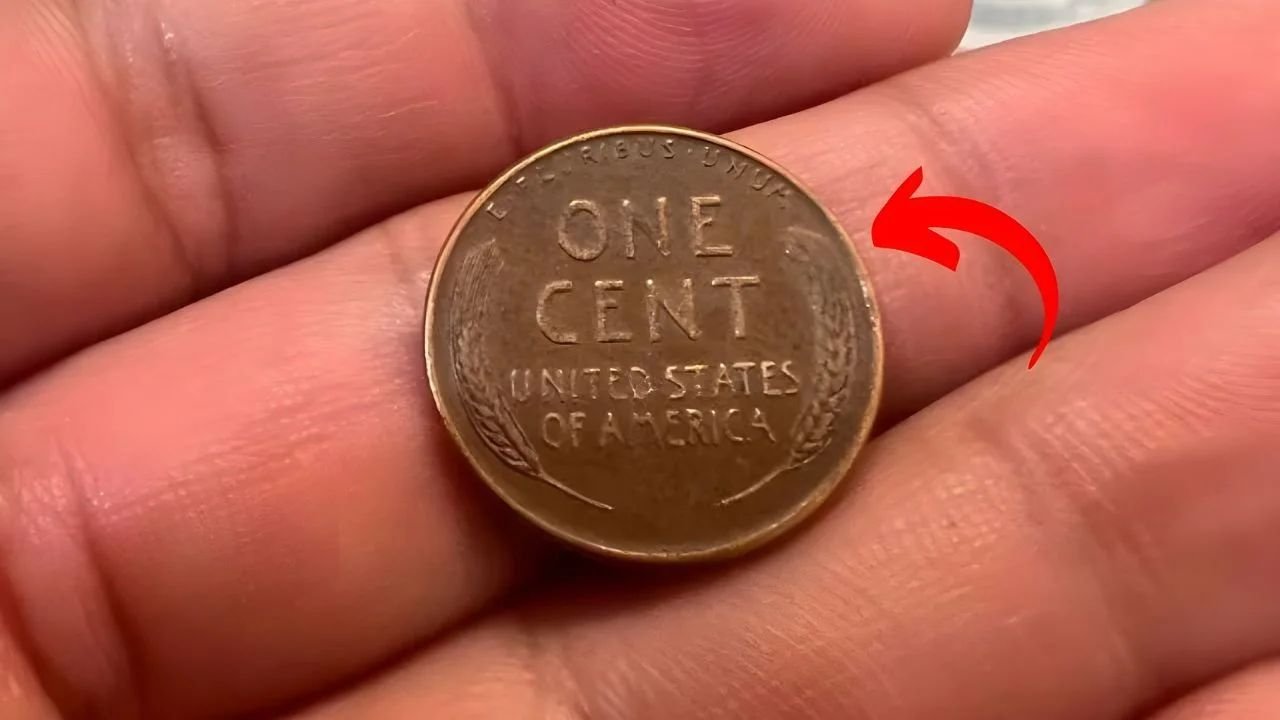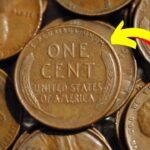Let’s be real—when was the last time you actually looked at a penny before dropping it into a tip jar or tossing it into your car’s cupholder? For most of us, pennies are background noise. But what if one of those dusty little coins was secretly worth $23 million?
Unbelievable? Maybe. But in the fascinating world of rare coin collecting, the Lincoln Wheat Penny has emerged as one of the most surprising and valuable collectibles out there—and some of them might still be in everyday circulation.
The Lincoln Wheat Penny: A Legacy Born in 1909
The story of the Lincoln Wheat Penny begins over a century ago. In 1909, to commemorate Abraham Lincoln’s 100th birthday, the U.S. Mint released the first coin ever to feature a real American figure instead of the traditional Lady Liberty. Sculptor Victor D. Brenner designed the now-iconic image of Lincoln’s profile, while two graceful wheat stalks adorned the reverse—earning it the nickname we know today: the Lincoln Wheat Penny.
The design circulated until 1958 and became one of the most collected and cherished coins in U.S. history.
So, Why Is One Lincoln Wheat Penny Worth $23 Million?
Here’s where things get crazy. In 1943, during World War II, the Mint temporarily stopped using copper for pennies to save it for ammunition and military equipment. That year, all pennies were made from steel.
But a few coins from 1943 were accidentally struck using leftover bronze planchets, creating one of the rarest minting errors in U.S. history. These copper-colored 1943 Lincoln Wheat Pennies were never meant to exist—making them incredibly valuable to collectors.
One of these rare error coins has reportedly been valued at a jaw-dropping $23 million due to its extreme rarity, historical significance, and pristine condition. Yes, one penny. Worth more than a luxury mansion.
Also Read – UK Minimum Wage Update 2025: New Pay Rates Set to Benefit Millions of Workers
What Makes These Rare Pennies So Valuable?
In coin collecting, rarity + error = value.
The most valuable Lincoln Wheat Pennies often include:
- Double die errors – where the design looks duplicated
- Off-center strikes – partial designs due to misalignment
- Wrong metal errors – like the 1943 bronze penny or 1944 steel penny
Each of these mistakes happened during the minting process and were never meant to reach the public. That’s what makes them priceless to collectors today.
Could You Have a $23 Million Penny in Your Pocket?
You might—and you wouldn’t even know it. These hidden gems have been discovered in old jars, piggy banks, and even in rolls of coins straight from the bank.
Here’s what to look for:
- Check the year: Look for 1943 (should be steel) or 1944 (should be copper). Anything off-color might be a clue.
- Magnet test: Steel pennies stick to magnets; copper and bronze don’t.
- Weigh it: A copper penny weighs about 3.11g, while a steel one is lighter at around 2.7g.
- Don’t clean it: Seriously—cleaning damages the value. Handle it by the edges and store it safely.
Think You’ve Found a Rare Lincoln Wheat Penny? Here’s What to Do
If you believe you’ve struck gold—well, copper—don’t rush to sell it just yet. First, get it authenticated by a professional service like PCGS (Professional Coin Grading Service) or NGC (Numismatic Guaranty Corporation). They’ll confirm if your find is the real deal.
When it’s time to sell, choose reputable auction houses like Heritage Auctions or Stack’s Bowers, which specialize in rare coins and attract serious collectors who know the true value of what you have.
Why the Lincoln Wheat Penny Still Captivates Collectors
The idea of a $23 million Lincoln Wheat Penny is exciting—but the joy of coin collecting goes beyond the dollar signs. Each coin tells a story, reflects a piece of American history, and offers a hands-on connection to the past.
And even if you don’t find the jackpot, the hunt is half the fun. Who knows? Your next trip to the bank or rummage through grandma’s coin jar might lead to a life-changing discovery.
Final Thoughts: Don’t Underestimate the Power of a Penny
The next time you see a Lincoln Wheat Penny, pause before you dismiss it. That unassuming little coin could be worth millions—or at the very least, a new appreciation for the stories our money tells.
So go ahead. Check your change. Because sometimes, the smallest things hide the biggest surprises.
Some Important Link
| Telegram Group | Click Here |
| WhatsApp Group | Click Here |
| Home Page | Click Here |










